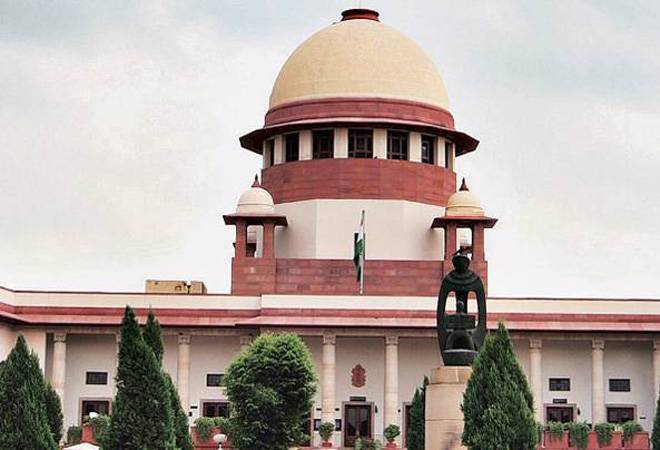The petitioners had challenged the provisions of the Insolvency and Bankruptcy Code, 2016 as unconstitutional only to face defeat in the end. The Hon’ble Supreme Court of India found the Code to be working in a full-fledged manner by positively contributing to the economic issues in our nation. The Court noted the fact that earlier legislations drastically failed in ensuring the recovery of loans and boosting of flow in the commercial domain. This code aided in solving the issues arising due to financial debts. The flow of funds has been persistently increasing ever since the code came into existence. Statistically, the flow of resources, both in bank and non-bank, and domestic and foreign has shot up from a total of Rs. 14530.47 crores in 2016-17 to Rs.18798.20 crores in the first six months of 2018-19.
The Apex Court stated in its epilogue, “The experiment contained in the Code, judged by the generality of its provisions and not by so-called crudities and inequities that have been pointed out by the petitioners, passes constitutional muster."
In view of this successful enactment, the court said that the defaulters could no longer seek heaven after borrowing, as the economy’s rightful position has been reclaimed. The Hon’ble Bench of the Court comprising Justice Navin Sinha and Justice Nariman expressed the success of this code by comparing it with the earlier failed legislation. The Court went into the history of the Code and examined the factors that led to the enactment of this code. Currently, the central government could monitor the functioning of this code through various expert committees, and the amendments made under the code have positively impacted the code and rules made thereunder.
The Judgment in relation to the disputed provisions said the following:
- No discrimination or arbitrariness between Operational Creditor and Financial Creditor
- Operational Creditors have no right to vote in the Committee of Creditors
- Withdrawal of insolvency application does not contravene Article 14
- Related Person not connected with the business of the activity of the resolution applicant cannot be disqualified
- Section 53 – Operational Creditors falling the lowest strata among other creditors including the unsecured creditors does not contravene Article 14
Courtesy/By: Sandeep G
|
26 Jan 2019

